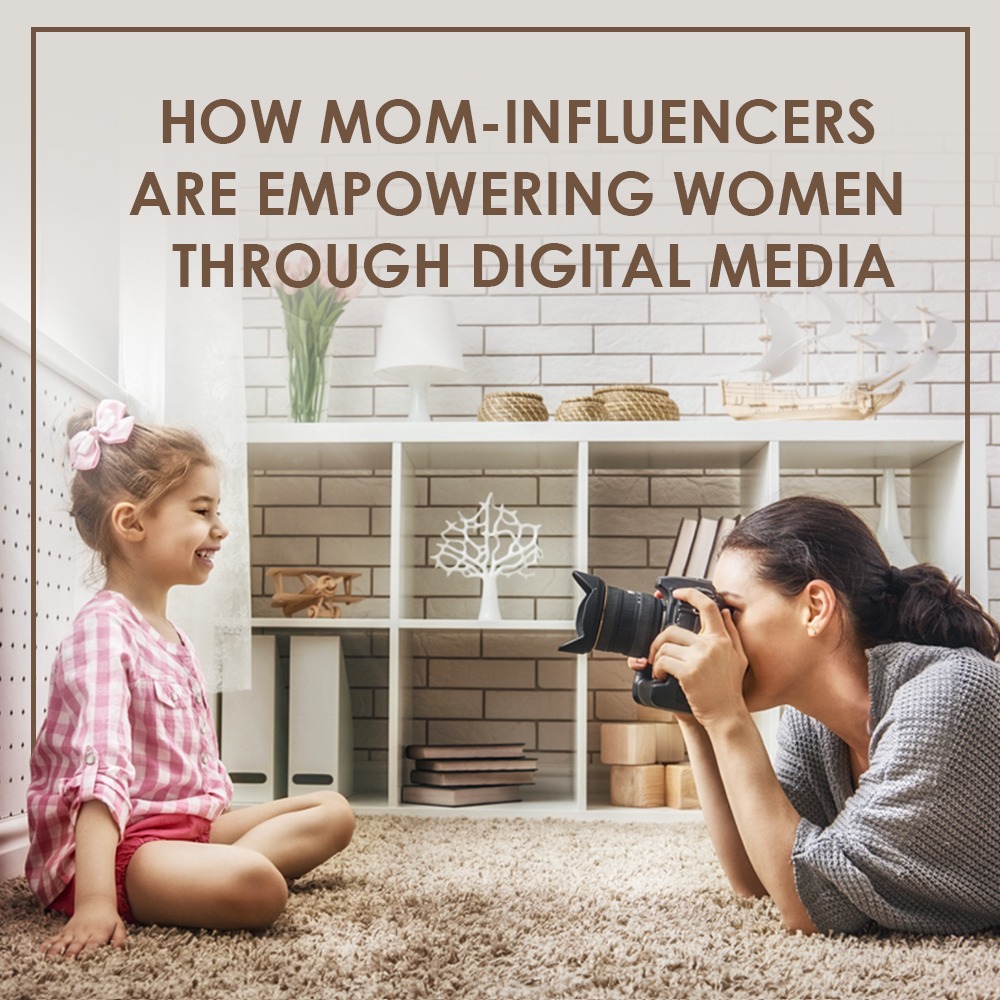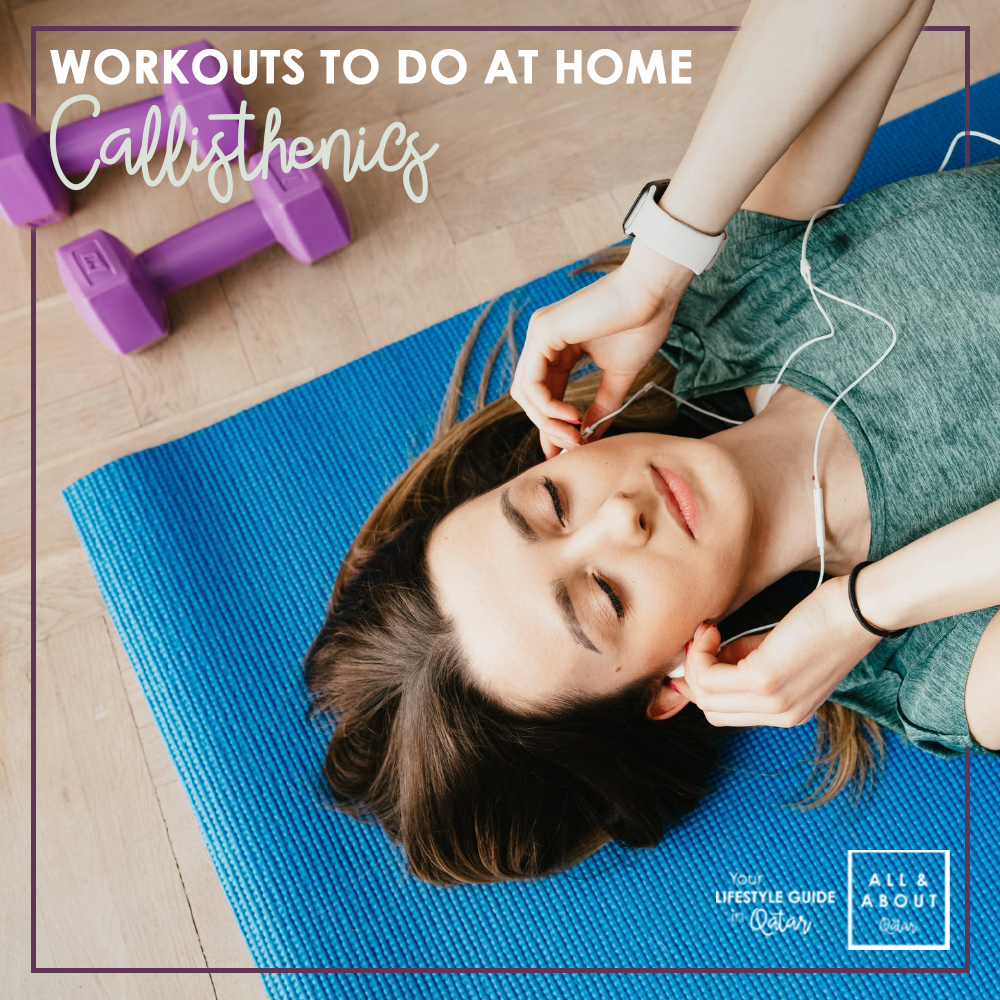To create a safe nursery, what you leave out of your baby’s room may be more important than what you include.
“Bare is best,” said Ann Marie Buerkle, acting chairwoman of the Consumer Product Safety Commission. “That means no pillows, blankets, extra padding or other soft bedding. Nearly half of the infant crib deaths… reported to CPSC each year are suffocations caused by placing infants to sleep on top of pillows, thick quilts and/or overcrowding in the baby’s sleeping space.”
Getting the crib environment right is crucial, because babies spend so much time sleeping. Let’s start there and work our way outward with the latest recommendations for the rest of the room.
The crib
This is no time for hand-me-downs.
The mattress
Gaps are the enemy. The mattress must fit snugly, leaving room for no more than two fingers between it and the crib. If possible, get a list of appropriate mattresses from the crib manufacturer.
The bedding
Current guidelines recommend putting nothing in the crib other than a fitted sheet and your baby. And yet, popular store catalogues continue to show quilts hanging from crib rails and some still sell crib bumpers.
Artwork
Here’s where you can use that quilt: as a soft wall hanging. It’s best not to hang hard-edge, glass-encased pictures over your baby’s crib or changing table. Put them elsewhere. Mobiles, another common fixture in baby’s rooms, should not contain small parts that could become choking hazards, and should be hung out of the baby’s reach.
Windows
Every year, children fall to their deaths through window screens, which are not strong enough to keep them in. Keep furniture away from windows to discourage climbing.
Blinds
Securing cords out of reach just isn’t good enough. Cordless blinds are a worthwhile investment for your nursery – and elsewhere in your house.
Cords
Speaking of cords, make sure cords from baby monitors, lamps and other electronics are at least three feet from your child’s crib. It’s best if products with cords are placed near wall outlets, so the cords can be tucked away where crawling and walking babies can’t get at them either.
Furniture
Tip-overs are the big risk here. Consumer Reports says furniture makers only have to comply with a voluntary standard and don’t even have to test to make sure their products won’t tip over. Meanwhile, it’s crucial that you anchor top-heavy furniture in your child’s room – and elsewhere in your house – to your walls.
Carpet
Look for carpeting, rugs and pads that emit low levels of volatile organic compounds. VOCs can cause eye, nose and throat irritation and headaches in the short term and nervous system damage and cancer in the long term.
Paint
Here again, you don’t want your baby exposed to any more chemicals than absolutely necessary. All of the major paint brands offer low-VOC formulas.






Leave A Comment
You must be logged in to post a comment.